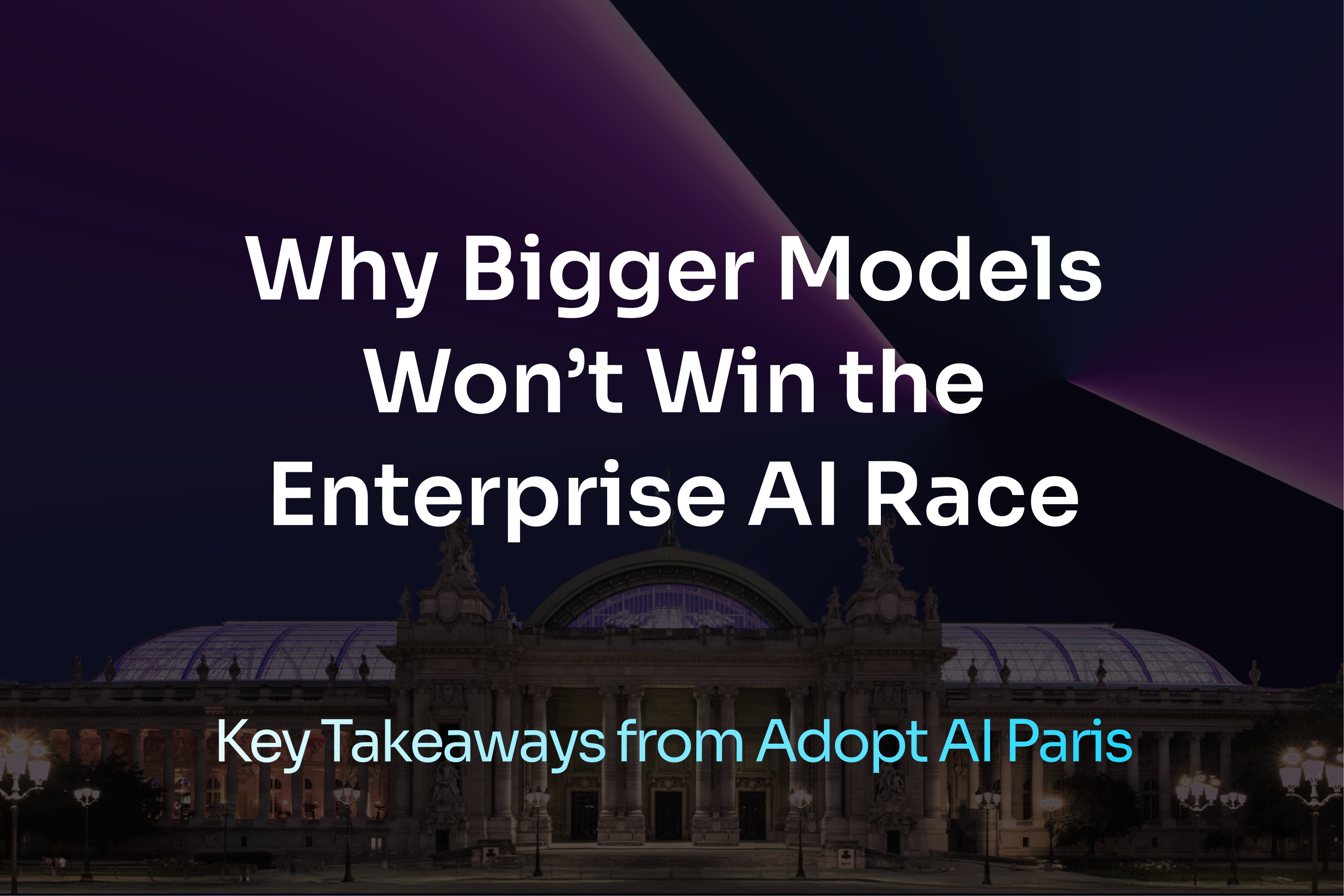TL;DR
Token: It's a term that floats around the realm of Generative AI, often leaving many scratching their heads. Far from the realm of cryptocurrency or reward systems, in the world of Artificial Intelligence, tokens play a pivotal role in understanding and generating human-like text. So, let's unpack this term and delve into the magic of tokens.
What is a Token?
At its core, a token is the smallest unit into which text data can be broken down for an AI model to process. Think of it as similar to how we might break sentences into words or characters. However, for AI, especially in the context of language models, these tokens can represent a character, a word, or even larger chunks of text like phrases, depending on the model and its configuration.
Why Are Tokens Important?
Data Representation: Tokens serve as the bridge between raw human language and a format that AI models can process. Every token is converted into a numerical format (often a high-dimensional vector) using embeddings. These numerical representations capture the semantic essence of the token and can be processed by neural networks.
Memory and Computation: AI models, especially large ones, have a fixed number of tokens they can handle in one go, known as their "context window" or "attention span". By understanding the nature and number of tokens, developers can effectively interact with the model and structure the input to ensure optimal performance.
Granularity and Flexibility: Since tokens can represent varying sizes of text chunks, they provide flexibility. For example, a model designed to operate on word-level tokens might be ideal for certain languages or applications, while character-level tokens might be more suited for others.
Tokens in Generative AI: A Symphony of Complexity
Generative AI, especially in language tasks, involves predicting the next possible token(s) given a sequence of tokens. Here's why tokens are the heart of this process:
Sequence Understanding: Language models like Transformers take a sequence of tokens as input and generate a sequence of tokens as output. They internally learn the relationships between tokens, enabling them to understand context and generate coherent and contextually relevant outputs.
Manipulating Meaning: By adjusting tokens, developers can guide the generative process. For instance, introducing specific tokens can prompt the AI to generate content in a particular style, tone, or context.
Decoding Strategies: Once the AI processes the input tokens, it employs various decoding strategies to generate the output tokens. Techniques like beam search, top-k sampling, and nucleus sampling dictate how the model selects the next token, balancing between randomness and determinism.
Challenges and Considerations
As pivotal as tokens are, they come with challenges:
Token Limitations: The fixed context window of models means there's a cap on the number of tokens processed in one instance. This affects the length and complexity of text the model can handle.
Token Ambiguity: Not all tokens are clear-cut. Some words can be broken down in multiple ways, leading to potential ambiguity.
Language Variance: Different languages have different tokenization needs. A tokenization strategy effective for English might not be for languages like Chinese or Arabic.
.svg)
%20(1).avif)



.avif)
.avif)